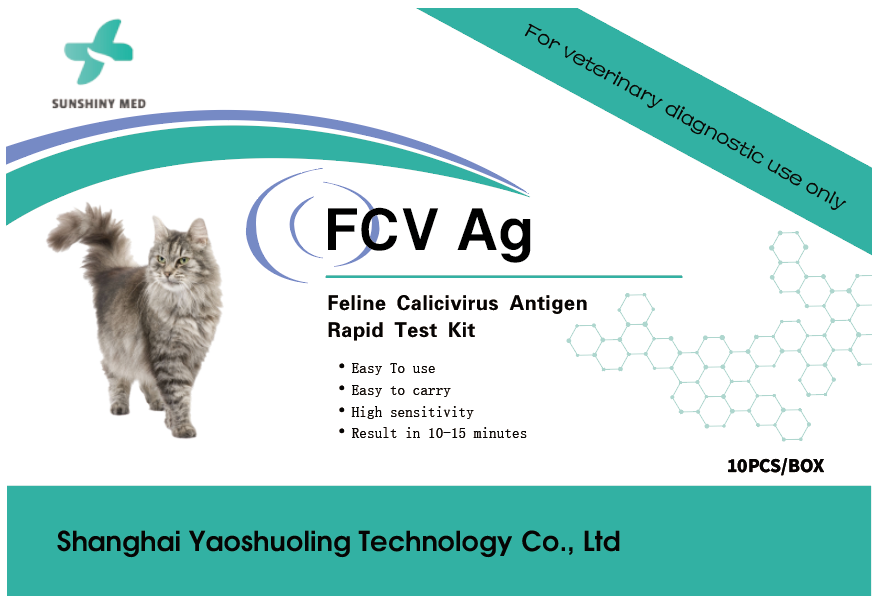90% of Cats Cannot Avoid Feline Herpes: What Cat Parents Should Know What is Feline Herpes?
What is Feline Herpes?
Feline Herpesvirus-1 (FHV-1) primarily affects the upper respiratory tract and ocular structures in cats. The virus is mainly transmitted through direct contact with oral, nasal, or ocular secretions from infected cats. Within 24 hours of infection, a cat can spread the virus to other felines.
Symptoms of Feline Herpes
Upper Respiratory Symptoms Include:
- Sneezing
- Nasal discharge
- Fever
- Loss of appetite
- Coughing
Ocular Changes May Include:
- Ocular discharge
- Conjunctivitis ("pink eye") or conjunctival edema
- Corneal ulcers (appearing as scratches or tears on the clear part of the eye)
In Severe Cases, the Skin Around the Face May Show:
- Redness
- Swelling
- Crusting
- Hair loss
Feline herpesvirus attacks the mucous membranes of the nasal cavity, tonsils, conjunctiva, and cornea. As the virus replicates, it can spread through secretions or close direct contact. If not treated early, the virus can penetrate the bone tissue associated with the nasal and oral cavities, leading to long-term physical damage.
Prevention and Treatment
•Isolate Infected Cats:
Cats showing symptoms of upper respiratory disease or abnormal ocular/nasal
discharge must be separated from other cats. During isolation, provide the
infected pet with separate water bowls, food bowls, litter boxes, toys, and
bedding.
•Cleaning and Disinfection:
FHV-1 is highly sensitive to disinfectants. The virus can only survive for 18
hours outside a host. It is easily inactivated by bleach, so it's crucial to
disinfect shared spaces and items.
•Reduce Stressors:
Provide enough space for cohabiting cats to drink, eat, and use the litter box
without crowding or aggressive behavior. Maintain regular deworming,
environmental enrichment, and rest.
•Vaccination:
Vaccines are available to mitigate symptoms associated with herpesvirus
infection. Combination vaccines protect against feline herpesvirus, feline
calicivirus, and feline panleukopenia (feline distemper). Kittens can receive
their first vaccination at 6-9 weeks of age, with booster shots every 3-4 weeks
until 16 weeks of age.
•Diagnosis:
The fastest detection method for feline herpesvirus is colloidal gold detection
technology, which can provide results in about 10-15 minutes. For more accurate
results, polymerase chain reaction (PCR) technology can be used for detection.
Shanghai YaoshuolingTechnology Co., Ltd., a dedicated player in the veterinary diagnostics field, offers a range of feline herpesvirus detection products using different methodologies. Cat parents and veterinarians can choose based on their specific needs.





